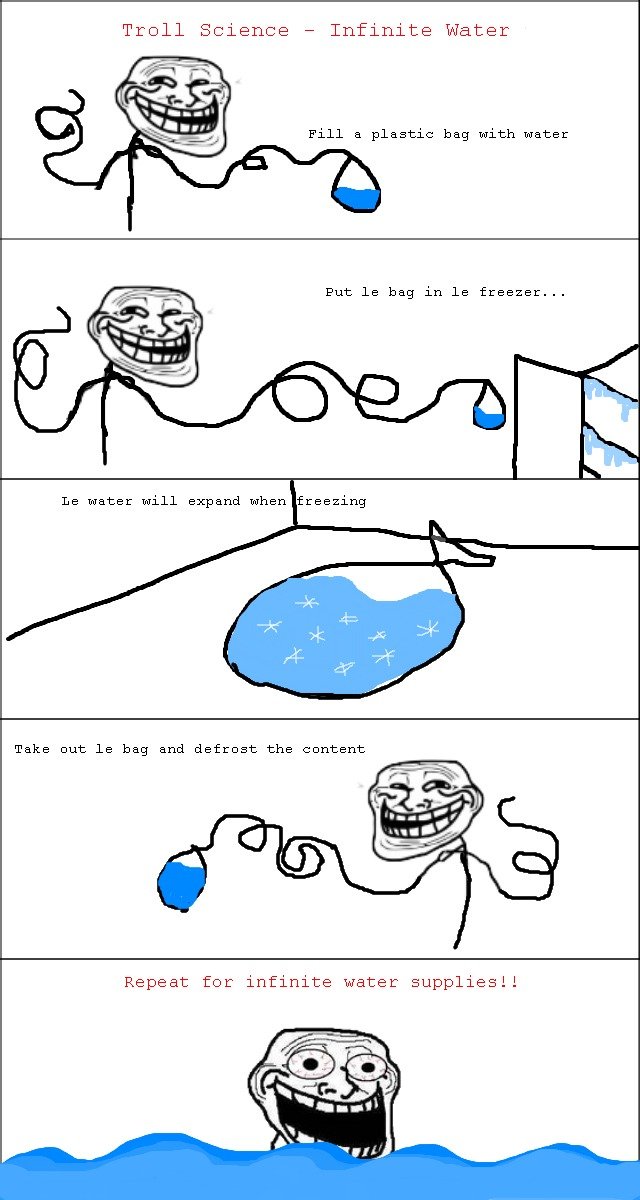
Internet Memes were explored through an Arts-Based Educational Research framework by first identifying the conventions that shape them and then interrogating these conventions during two distinct research phases. For the purpose of this research the language of Internet Memes is understood as visual, succinct and capable of inviting active engagement by users who encounter digital content online that exhibits said characteristics. No longer the abstract notion of a cultural gene that Dawkins (2006) introduced in the late 1970s, memes have now become synonymous with a particular brand of vernacular language that internet users engage by posting, sharing and remixing digital content as they communicate jokes, emotions and opinions. Internet Memes transverse and sometimes transcend cyberspace on the back of impossibly cute LOLcats speaking mangled English and the snarky remarks of Image Macro characters always on the lookout for someone to undermine. In addition, this study underpins the contribution of linguistics in delving global corporate communication. Content analysis (Kohut and Segar, 1992 Ngai and Singh, 2014) is employed. On the basis of Kim et al.’s E-C identification model, the present study attempts to look at theme analysis of the utterances in the videos. This perception is in line with Employee-Company (E-C) Identification conceptualization (Kim et al., 2010). The videos of employees’ stories contain employees’ utterances that may indicate how the employees perceive themselves and the company. Best selected stories are made into video case studies shown at the annual leadership conference and shared with interviews on digital channel (Youtube, Facebook, etc). The platform demonstrates the most recent, highest rated, and most commented employee stories. Any employee can nominate a colleague who fits this criteria, rate & also give comments via Heroes platform. It is a CSR program for employees who have shown extraordinary initiative, integrity, and commitment to the company.

In line with the company’s social missions, Unilever creates an internal CSR program called Unilever Heroes. It leads fast-moving consumer goods and many of these brands have long-standing, strong social missions, including Lifebuoy’s drive to promote hygiene through hand washing with soap, and Dove’s campaign for real beauty. The company has 400 brands worldwide focusing on health and well-being and its products are sold in over 190 countries. The present paper discusses Employee-Company (E-C) Identification in Heroes program at Unilever Company. After finished making the comic, the students writes a paragraph telling a story about the comic. The researcher asks the students of Primary 5, PJ Global School Malang to make a story concept and turn them into comic, by doing it manually using prepared printed rage faces and comic panels. The purpose of this research is to utilize Rage comics for 5th grade students on writing a story. Since there are many rage comics online which content is not appropriate for young learners to read, hereby the researcher tries to bring Rage Comic into the classroom and make it educational. Rage comics gain many fans and young learners are also enjoying it, since local rage comic sites bring jokes with Indonesian context. As rage comics go viral, Indonesians started to make their local version of comedy site utilizing rage comic, such as 1CAK, Meme Comic Indonesia, and many more. Rage Comic was firstly appeared in the world’s largest comedy site, 9gag.


Nowadays, there is a kind of comic that is trending on the Internet, named Rage Comic. Comic is so far the most favorite reading materials for children.


 0 kommentar(er)
0 kommentar(er)
